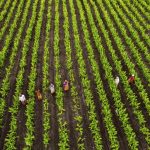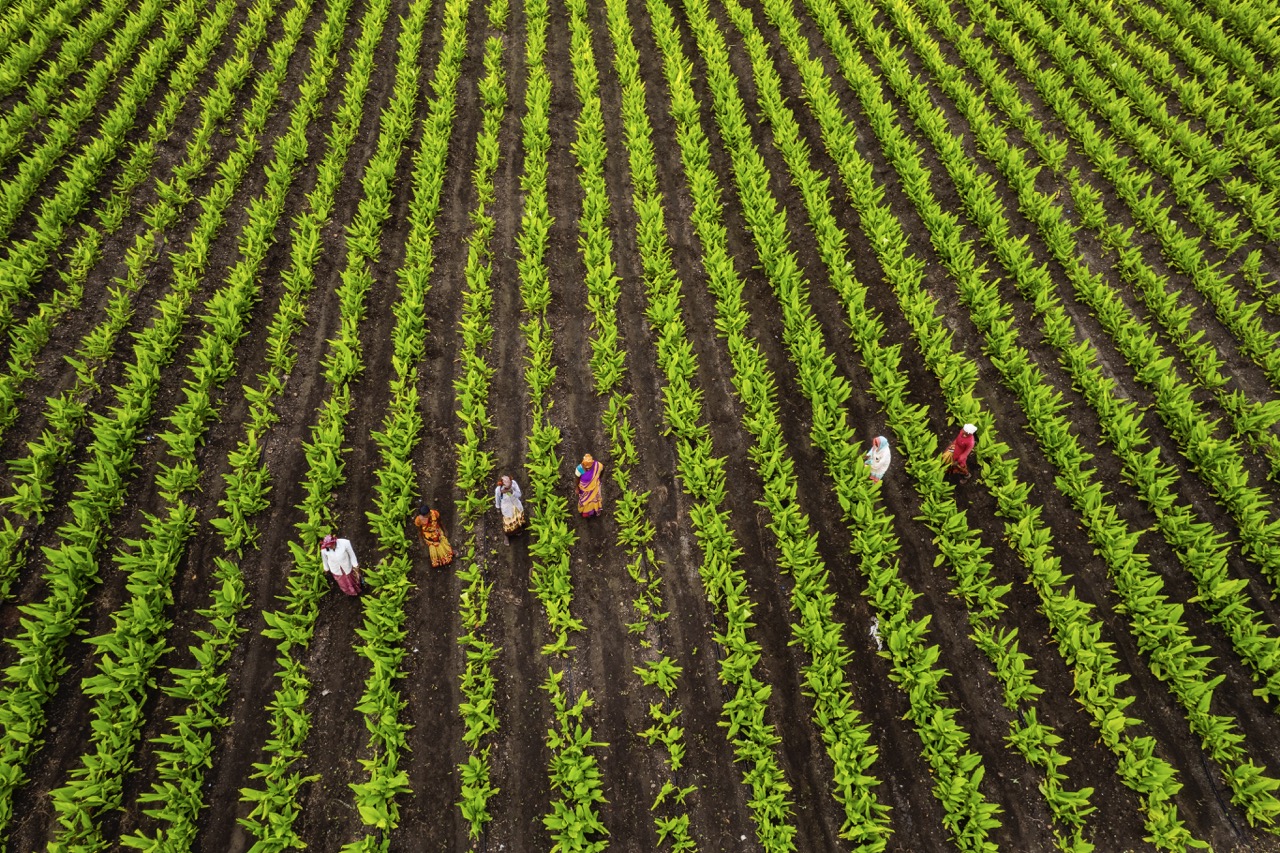Precision planting is revolutionizing modern agriculture, combining advanced technology with traditional farming practices to optimize crop production. This approach utilizes a variety of tools, including GPS, sensor technology, and data analytics, to enhance planting efficiency and effectiveness. As global food demand continues to rise, understanding and implementing precision planting can play a critical role in boosting agricultural productivity while also maintaining sustainability. The following discussion delves into the multifaceted benefits of precision planting, highlighting its impacts on crop yields, the environment, and economic viability.
Understanding Precision Planting: A Modern Agricultural Revolution
Precision planting represents a significant shift in the agricultural landscape, characterized by the adoption of innovative technologies that focus on site-specific crop management. This technique allows farmers to plant seeds at optimal depths and spacing, tailored to the unique conditions of their fields. By utilizing geospatial data, farmers can make informed decisions about where and how to plant their crops, addressing variability in soil types and moisture levels that can impact growth. This nuanced approach ensures that each seed has the best possible chance of thriving, thereby enhancing overall productivity.
The integration of technology into agriculture has made precision planting more accessible to farmers of all scales. Tools such as variable rate technology (VRT) allow for the customization of inputs, enabling farmers to apply fertilizers, pesticides, and water precisely where needed. This level of specificity minimizes waste and maximizes the effectiveness of inputs, leading to healthier crops and improved yields. Additionally, the data collected through precision planting can streamline operations, facilitating better planning and resource allocation that align with current agricultural practices.
As farmers increasingly adopt precision planting methods, they are not only improving their operations but also contributing to the broader agricultural revolution. This transformation is essential in a world facing challenges such as climate change, resource scarcity, and increasing population pressures. By harnessing the power of technology, precision planting represents a proactive approach to these challenges, empowering farmers to cultivate crops more sustainably and efficiently.
Enhancing Crop Yields Through Data-Driven Decisions
One of the most significant advantages of precision planting is its ability to enhance crop yields through informed, data-driven decisions. By collecting and analyzing data on soil health, moisture levels, and historical crop performance, farmers can tailor their planting strategies to maximize the potential of each field. This data-centric approach enables the identification of optimal planting times and techniques, which can lead to substantial increases in productivity per acre.
Moreover, precision planting allows for real-time monitoring of crops throughout their growth cycles. Technologies such as drones and satellite imagery provide farmers with insights into plant health and growth patterns, enabling them to respond swiftly to any issues that may arise. For instance, if certain areas of a field exhibit signs of stress due to pests or nutrient deficiencies, farmers can take immediate action to address these concerns, potentially salvaging the yield of affected areas. This proactive management not only improves crop health but also reinforces the overall resilience of the agricultural system.
Finally, the cumulative effect of these data-driven practices results in a more consistent and reliable harvest. By effectively managing the variabilities within their fields, farmers can reduce the likelihood of poor yields caused by unforeseen circumstances. In the long run, this consistency translates into greater food security, as agricultural systems become better equipped to meet the demands of a growing population.
Environmental Impact: Reducing Waste and Resource Use
Precision planting plays a critical role in minimizing the environmental impact of agriculture, particularly in terms of waste reduction and resource efficiency. Traditional farming practices often lead to over-application of fertilizers and pesticides, which can result in soil degradation, water pollution, and detrimental effects on biodiversity. In contrast, precision planting focuses on applying inputs exactly where they are needed, drastically cutting down on excess application. This not only conserves resources but also protects surrounding ecosystems from harmful runoff.
Furthermore, precision planting enhances water management strategies, a critical consideration in an era of climate uncertainty. By utilizing soil moisture sensors and weather data, farmers can optimize irrigation practices, ensuring that water is applied efficiently and only as necessary. This targeted approach not only reduces water waste but also promotes healthier soil and crop resilience against drought conditions. In areas where water scarcity is a pressing concern, the implementation of precision planting can serve as a vital tool in sustainable farming practices.
The environmental benefits of precision planting extend beyond just resource conservation. By fostering healthier ecosystems, this method encourages biodiversity and soil health, which are essential for long-term agricultural viability. Healthier soils are better equipped to sequester carbon, thus contributing to climate change mitigation efforts. As the agricultural sector increasingly acknowledges its role in environmental stewardship, precision planting emerges as a key strategy for achieving a sustainable future.
Economic Advantages: Cost Savings and Increased Profits
Implementing precision planting technologies can yield significant economic benefits for farmers, notably through cost savings and increased profits. By optimizing input use and improving crop yields, farmers can see a marked reduction in operating costs. For instance, by precisely applying fertilizers and water, farmers avoid the financial burden of excess inputs while also minimizing the potential for crop loss due to nutrient deficiencies. Over time, these savings can accumulate, allowing farmers to reinvest in their operations or expand their business.
Additionally, the data-driven insights gained from precision planting enable farmers to make more strategic decisions regarding their crop choices and planting schedules. With a clearer understanding of their fields’ capabilities, farmers can select the most suitable crops for their specific conditions, thereby maximizing potential profitability. This level of informed decision-making also allows for better risk management, as farmers can anticipate challenges and adapt their strategies accordingly, leading to more stable income streams.
Moreover, the adoption of precision planting can enhance market competitiveness. As consumers increasingly demand sustainable and responsibly sourced products, farmers who employ these advanced techniques can position themselves as leaders in sustainable agriculture. This reputation can lead to premium pricing for their products, further boosting profitability. In a market driven by innovation and sustainability, precision planting not only enhances farm productivity but also ensures that farmers remain competitive and profitable.
In conclusion, precision planting stands as a transformative approach in modern agriculture, offering a myriad of benefits that extend beyond mere crop yields. By integrating technology and data analytics into farming practices, farmers can make informed decisions that enhance productivity, reduce environmental impact, and improve economic viability. As we navigate the challenges of a growing population and a changing climate, embracing precision planting will be essential for ensuring a sustainable and prosperous agricultural future. The continued adoption of such innovative practices promises not only to benefit individual farmers but also to contribute to a more resilient and responsible global food system.









